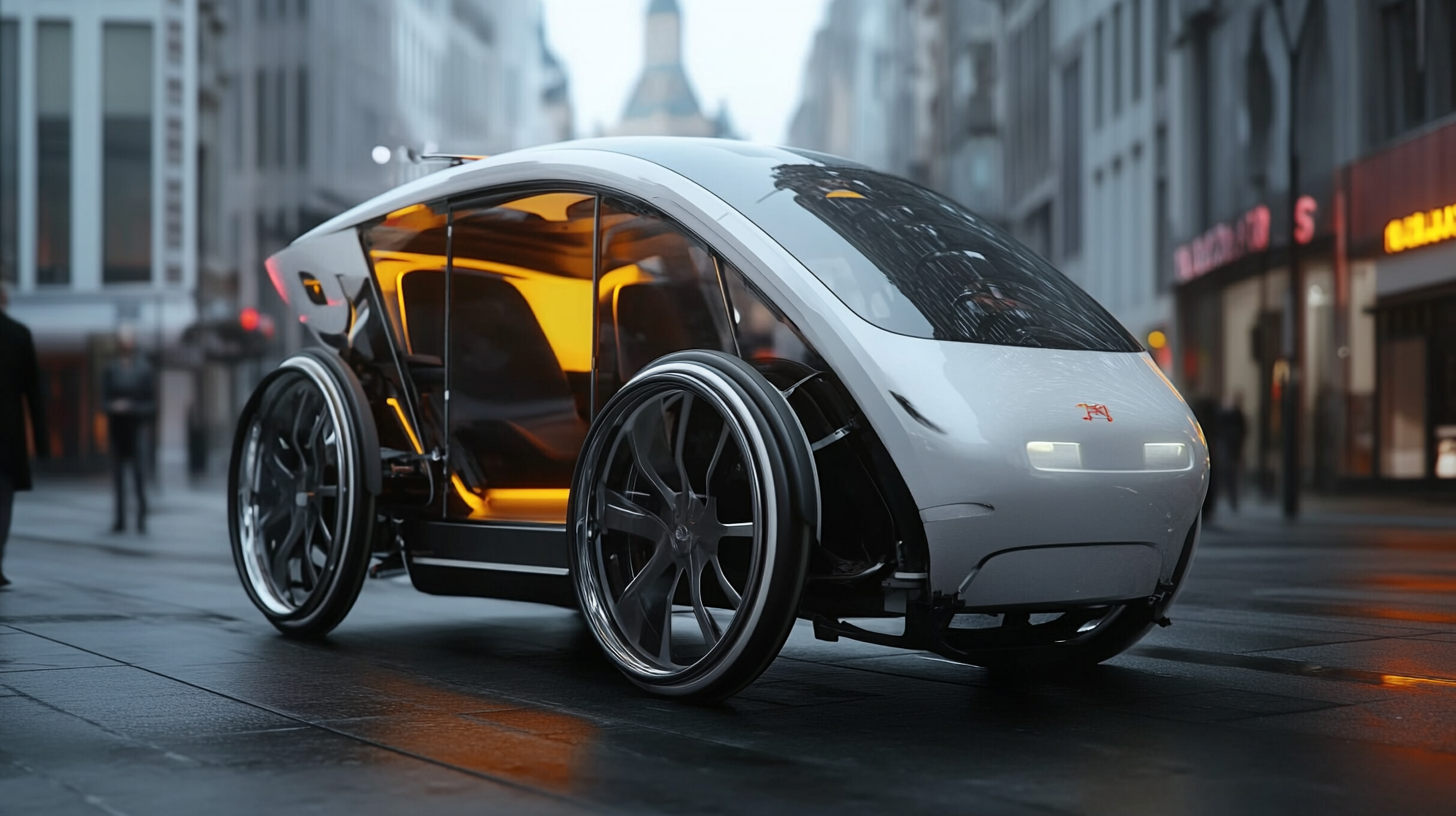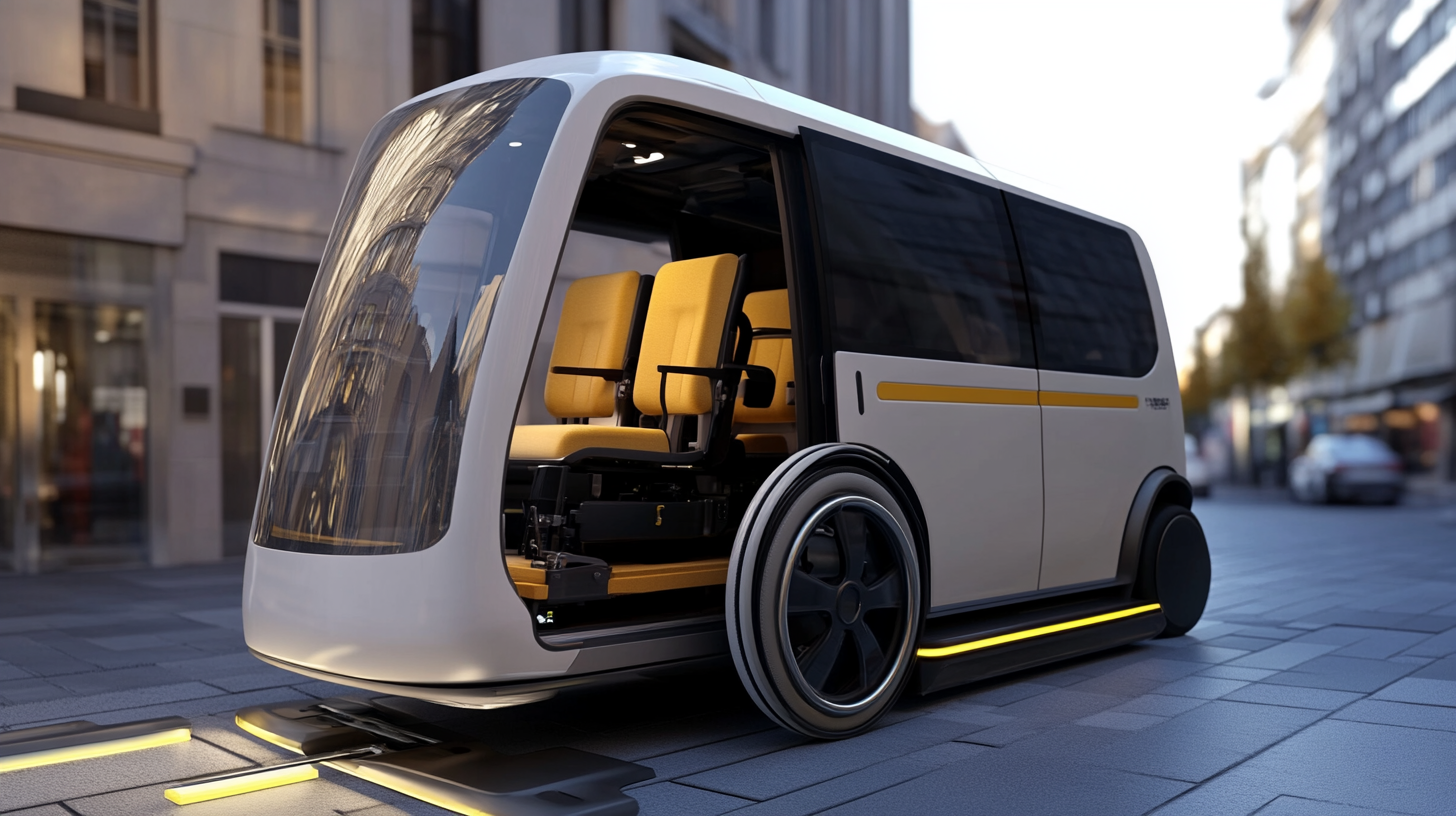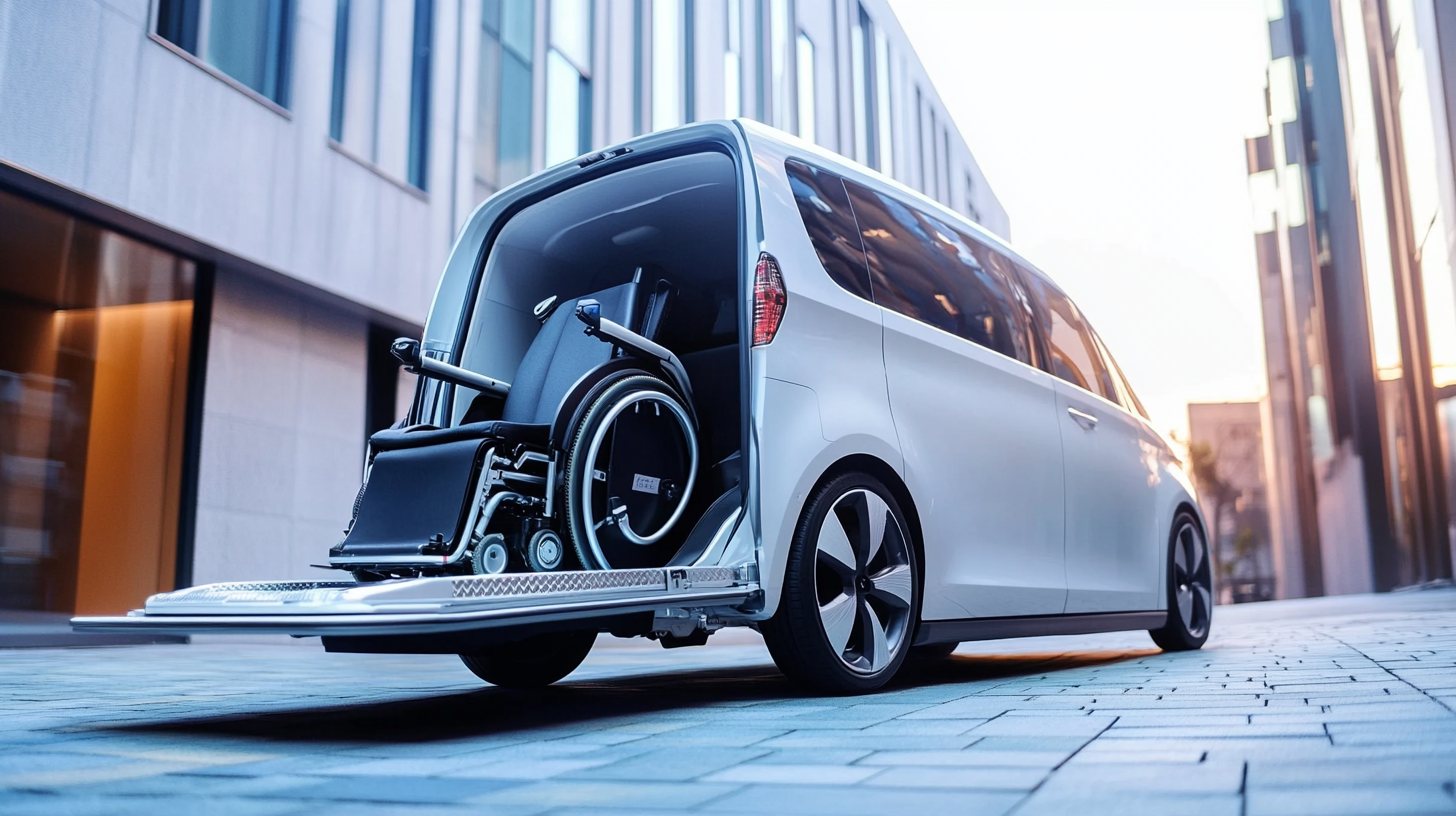Innovative Uses of Wheelchair Accessible Cars in Modern Transportation Solutions
In today's rapidly evolving transportation landscape, the importance of inclusivity and accessibility cannot be overstated. Wheelchair accessible cars are at the forefront of this movement, offering innovative solutions for individuals with varying mobility needs. These specially designed vehicles not only enhance the independence and freedom of those who require mobility aids but also play a crucial role in fostering a more inclusive society. From family outings to essential errands, wheelchair accessible cars are transforming how people navigate their environments. As we explore the innovative uses of these vehicles in modern transportation solutions, it becomes clear that they are not merely tools for mobility; they represent a significant shift towards ensuring that all individuals, regardless of their physical abilities, can experience the joys of travel. By integrating advanced technologies and thoughtful designs, wheelchair accessible cars are paving the way for a future where transportation is truly accessible for everyone.

The Evolution of Wheelchair Accessible Cars in Modern Mobility
The evolution of wheelchair accessible cars has marked a significant shift in modern mobility solutions, reflecting a growing awareness of the need for inclusivity in transportation. Historically, individuals with mobility challenges faced substantial barriers when it came to traveling, often relying on specialized services that were limited in availability and convenience. However, advancements in automotive engineering and design have given rise to vehicles equipped with features like ramps, widened doorways, and securement systems, enabling a more independent and empowered lifestyle for users.
In recent years, the integration of technology into wheelchair accessible cars has further transformed how individuals navigate their world. Features such as smart adaptive controls, automated ramp systems, and enhanced safety measures have made these vehicles not only practical but also user-friendly. Additionally, the rise of ride-sharing services that offer wheelchair accessible options has increased transportation access, allowing individuals to travel without dependence on family or care providers. This evolution not only underscores the importance of accessibility but also sets a trend for future innovations in the automotive industry, fostering a culture of inclusivity and mobility for all.
Innovative Uses of Wheelchair Accessible Cars in Modern Transportation Solutions
| Feature |
Description |
Impact on Mobility |
Innovative Use Cases |
| Ramp Accessibility |
Vehicles equipped with ramps for easy entry and exit for wheelchair users. |
Enhances independence and convenience for users. |
Ride-sharing services specifically for wheelchair users. |
| Customizable Interiors |
Interiors designed to meet individual needs and preferences. |
Increases comfort and usability for diverse users. |
Accessible taxis with personalized settings. |
| Advanced Driver Assistance Systems (ADAS) |
Technologies that help with driving and safety for all users. |
Promotes safe driving and reduces accidents. |
Self-driving vehicles tailored for accessibility. |
| Mobile Apps |
Applications that assist in ordering accessible transportation. |
Streamlines transportation access for users. |
On-demand wheelchair accessible vehicle booking. |
| Community Transportation Programs |
Local initiatives providing accessible transportation options. |
Strengthens community bonds and support for individuals. |
Volunteer driver programs for individuals with mobility challenges. |
Enhancing Public Transportation with Accessible Vehicles
In modern transportation solutions, the integration of wheelchair accessible cars into public transportation systems is pivotal in creating an inclusive environment for all. As urban centers worldwide strive for sustainability, the implementation of accessible vehicles ensures that individuals with mobility challenges are not left behind in the green transition. Recent initiatives, such as the introduction of new energy buses in Weng'an, highlight a commitment to both environmental responsibility and inclusivity within public transit systems.
According to a report from the International Transport Forum, accessible transport not only enhances mobility options for individuals with disabilities but also increases public transport ridership. This rise can be attributed to the improved user experience and convenience that accessible vehicles provide. By incorporating smaller, flexible buses, like those recently launched in Qingdao, cities can cater to diverse needs while maintaining operational efficiency. Such vehicles, designed for maneuverability, are essential in densely populated urban environments, allowing for smoother traffic flow and reduced waiting times.
Additionally, the availability of smart transportation technologies complements these developments, making it easier for all users to navigate public transit systems. Enhanced route planning and real-time information through mobile applications empower passengers, including those relying on accessible vehicles, to make informed travel choices. With the continued support of government policies prioritizing public transport, cities have the opportunity to foster an inclusive and eco-friendly transportation landscape for everyone.

Innovative Technology Driving Wheelchair Accessible Cars Forward
The evolution of wheelchair accessible cars has been significantly influenced by innovative technology, reshaping how individuals with mobility challenges experience transportation. Advanced engineering techniques have led to the development of vehicles that not only provide better access but also incorporate features that enhance the overall driving experience. For instance, the integration of automated ramps and lifts allows for seamless entry and exit, while smart sensors improve safety by detecting obstacles in real-time.
Moreover, emerging technologies like electric propulsion systems and AI-assisted driving are changing the landscape of accessible vehicles. Electric wheelchair accessible cars are becoming more prominent, offering sustainable alternatives that reduce carbon footprints while ensuring that drivers and passengers can enjoy a comfortable ride. Additionally, AI systems are being developed to assist drivers in navigating traffic and finding accessible routes, making travel more efficient and hassle-free. These advancements are not just enhancing mobility; they are empowering individuals with disabilities by providing greater independence in their daily lives.

Real-Life Stories: Transforming Lives Through Accessible Transport
In today's world, the importance of accessible transportation cannot be overstated, particularly for individuals with disabilities. Real-life stories illustrate the transformative power of wheelchair-accessible cars, as they open doors to new opportunities and independence. One inspiring example involves a young entrepreneur who, after acquiring an accessible vehicle, can now attend business meetings and network effectively. This newfound mobility not only enhances her professional life but also boosts her confidence, showcasing how accessible transport can significantly alter one’s life trajectory.
Moreover, cities are increasingly prioritizing inclusive infrastructure to ensure that everyone, including the elderly and disabled, can navigate urban landscapes with ease. Forward-thinking cities are implementing innovative public transport solutions that cater to all residents, emphasizing the need for a holistic approach to accessibility. By designing transportation systems that accommodate diverse mobility needs, these cities are not just easing the daily commutes of individuals with disabilities but are also fostering a more inclusive community spirit, demonstrating that accessible transport is a vital component of modern urban planning.
Innovative Uses of Wheelchair Accessible Cars in Modern Transportation Solutions
This bar chart illustrates the growing adoption of wheelchair accessible cars in various sectors over the past five years. The data reflects the number of accessible vehicles used in public transportation, healthcare, and personal use, highlighting the transformative impact these vehicles have on improving mobility and independence for individuals with disabilities.
The Future of Inclusive Transportation Solutions and Urban Mobility
As urban mobility continues to evolve, inclusive transportation solutions are becoming essential for ensuring that all individuals, including those with mobility challenges, can navigate their surroundings efficiently. A recent report from the World Health Organization indicates that approximately 1 billion people globally experience some form of disability, underscoring the necessity for accessible transportation solutions. Wheelchair accessible cars are at the forefront of this movement, offering flexibility and independence to individuals who rely on these vehicles for their daily commute.
According to a study by the National Mobility Equipment Dealers Association, the adaptive vehicle market is projected to grow by over 30% in the next five years. This surge is driven by advancements in technology and increased public awareness regarding inclusive design, which emphasizes the need for transportation systems that accommodate all users. Furthermore, cities that prioritize accessible transportation are not only improving the quality of life for residents with disabilities but also enhancing overall urban mobility. Innovations such as ride-sharing services equipped with wheelchair ramps and automated vehicles tailored for accessibility are paving the way for a more inclusive future, where mobility challenges can be addressed head-on.
With the push for smart city initiatives, incorporating wheelchair accessible cars into modern transportation ecosystems will be imperative. Cities that invest in inclusive mobility solutions will not only meet regulatory requirements but also foster greater community engagement and socioeconomic participation among all citizens, ensuring that no one is left behind.
Innovative Uses of Wheelchair Accessible Cars in Modern Transportation Solutions
This pie chart illustrates the various innovative uses of wheelchair accessible cars within modern transportation solutions. As urban mobility continues to evolve, these applications represent essential areas where inclusivity plays a significant role in enhancing the quality of life for all individuals.
